UAE Domestic Minimum Top-up Tax (DMTT): What Large Multinationals Must Know in 2025

What is the UAE DMTT
The Domestic Minimum Top-up Tax is an extra layer of UAE corporate tax that applies to low‑taxed UAE entities within large multinational enterprise groups. If a UAE entity’s effective tax rate sits below 15 percent, a top‑up amount can arise to lift the outcome to 15 percent in the UAE.
When the rules apply
The DMTT applies to fiscal years that start on or after 1 January 2025.
Which groups are in scope
Multinational enterprise groups with consolidated annual revenues of at least €750 million in two of the last four fiscal years. Special testing rules can apply when there are mergers or demergers.

How the 15 percent outcome works
The DMTT looks at the effective tax rate of UAE constituent entities. If the rate is below 15 percent, the difference becomes a UAE top‑up tax. This sits on top of the existing corporate tax regime. It is not a replacement.
Entities and structures that need a closer look
- Investment entities: not subject to the top‑up tax.
- Sovereign wealth funds that meet the definition of a governmental entity: not treated as ultimate parent entities.
- Joint ventures: a 50 percent or greater interest that is equity accounted for is a JV. For DMTT purposes, the JV is treated as a separate MNE group when computing the JV top‑up.
Impact inside a group
All UAE constituent entities of an in‑scope group sit within the UAE DMTT calculation, including UAE entities held in JV structures. The full UAE DMTT amount for the jurisdiction applies, regardless of the direct percentage held by any one owner in the UAE.
Filing, administration, and timelines
- DMTT return: file within 15 months after the fiscal year‑end. For the first in‑scope year, the deadline is 18 months.
- Who files: the group may appoint a designated filing entity or file per entity where required.
- Registration: Registration with the FTA is required. Follow the current FTA guidance and portal instructions for DMTT registration and filing.
- Payment: pay any top‑up tax with the DMTT return.
- Pillar Two information return: who must file and the notification steps follow the latest Ministerial Decision and FTA guidance. Align your calendar with the 15‑month due date, 18 months for the first year, and your designated filing approach.
- Currency: compute using the functional currency of the standalone financials. If different entities use different functional currencies, you may elect the consolidated presentation currency of the ultimate parent or AED. Document any election in your year‑end workpapers.
Penalties and the current relief window
Penalties for DMTT non‑compliance follow the UAE corporate tax framework. There is a relief window, with no penalties for filing the DMTT return or the Pillar Two information return for periods that begin on or before 31 December 2026, provided the group took reasonable measures to apply the rules correctly. This relief does not cover periods that end after 30 June 2028.

Safe harbors and simplified paths
Transitional CbCR Safe Harbor (TCSH)
On election and if conditions are met, the UAE top‑up can be deemed zero for the period. The TCSH applies to fiscal years that start before 1 January 2027, and does not cover those ending after 1 July 2028. Qualified Country‑by‑Country Reporting must be prepared.
Simplified safe harbors
Permanent simplified approaches reduce calculation effort where conditions apply. Guidance for non‑material constituent entities is already available at a high level, and further detail is expected.
Initial phase of international activity
Top‑up tax for UAE entities can be reduced to zero if three tests are met. The group operates in no more than six jurisdictions. The net book value of tangible assets, excluding the highest value jurisdiction, does not exceed €50 million. No ownership interest is held by a parent that applies a Qualified Income Inclusion Rule. This relief can apply for up to five years if the conditions hold. For calendar‑year groups beginning 1 January 2025, Year 1 is now in progress.
Accounting standards and anti‑abuse
- Accounting: in‑scope entities should use IFRS if conditions are met. If those conditions are not met, the financial statements used for the group’s consolidation can be used.
- Anti‑abuse: the general anti‑abuse rule in the UAE corporate tax law applies to the DMTT.
- Clarifications: the filing clarification mechanics in the UAE corporate tax law also apply to the DMTT.
What we advise large groups to do now
- Confirm scope. Test the €750 million threshold for two of the last four fiscal years. Consider merger or demerger impacts.
- Identify UAE constituent entities. Include JV‑held UAE entities where JV rules apply.
- Map your data. Pin down functional currency, consolidation currency, and any elections you may need.
- Evaluate safe harbors. Check whether the TCSH or simplified safe harbors can apply for early periods.
- Plan the filing path. Decide on a designated filing entity, align with your corporate tax calendar, and plan the 15‑month timeline, 18 months for the first year.
- Update controls. Add DMTT steps to your month‑end and year‑end close. Keep clear workpapers that show how the 15 percent outcome was tested.
- Prepare your team. Finance, tax, consolidation, and legal should align on responsibilities, elections, and documentation. Engaging professional corporate tax services in UAE can simplify DMTT compliance and ensure deadlines are met accurately.
Short examples you can relate to
Example 1: Threshold test
A group has consolidated revenues above €750 million in 2022 and 2024, and below the threshold in 2021 and 2023. The test is met for two of the last four fiscal years. The UAE DMTT applies from the first fiscal year that starts on or after 1 January 2025.
Example 2: UAE entity below 15 percent
A UAE subsidiary’s effective tax rate calculates to 11 percent under the DMTT mechanics. A 4 percent top‑up is due in the UAE to lift the outcome to the 15 percent minimum for the year.
Example 3: Joint venture mechanics
A JV vehicle in the UAE is 50 percent owned and equity held. For DMTT purposes, the JV is treated as a separate MNE group when computing the JV’s top‑up. The group evaluates whether a UAE top‑up arises for the JV on that basis.
Example 4: Transitional CbCR Safe Harbor election
The group meets the conditions for the TCSH in a fiscal year that starts in 2026. On election, the UAE top‑up is deemed zero for that year. The team keeps CbCR support on file to evidence the election.
What this does not include
The Cabinet Decision on the UAE DMTT does not address the Income Inclusion Rule or the Undertaxed Profits Rule. The focus here is the domestic top‑up in the UAE.
How we can help
We work with large groups to set scope, plan safe harbors, and build a filing blueprint that fits the corporate tax calendar. Our team offers expert corporate tax services in UAE to keep the approach practical, with clear workpapers and clean audit trails.
Need help checking your DMTT readiness for 2025? Contact Alpha Pro Partners today for a free consultation.
FAQs
What is the UAE DMTT?
A domestic top‑up that lifts low‑taxed UAE entities in an in‑scope multinational group to a 15 percent effective tax rate.
When does the DMTT start?
For fiscal years that start on or after 1 January 2025.
Which groups are in scope?
Groups with consolidated revenues of at least €750 million in two of the last four fiscal years. Special testing can apply for mergers and demergers.
How does this interact with UAE corporate tax?
It works as a supplementary layer. The DMTT does not replace corporate tax. It tops up low‑taxed outcomes to 15 percent in the UAE.
Are investment entities subject to DMTT?
No. Investment entities are not subject to the top‑up tax under the shared rules.
How are sovereign wealth funds treated?
If they meet the governmental entity definition, they are not treated as ultimate parent entities.
How are JVs handled?
A 50 percent or greater equity‑accounted JV is treated as a separate MNE group for the top‑up computation.
What are the filing deadlines?
The DMTT return is due within 15 months after fiscal year‑end. The first in‑scope year uses an 18‑month deadline. Payment is due with the return.
Who files the return?
A designated filing entity can be appointed, or entities can file individually where required. Registration with the FTA is required and follows the current portal guidance.
What about the Pillar Two information return?
Who files and how to notify follows the latest Ministerial Decision and FTA guidance. Plan around the 15‑month due date, 18 months for the first year.
Which currency is used?
Use the functional currency of the standalone financials. If multiple functional currencies exist, you may elect the consolidated presentation currency of the UPE or AED.
Are there penalties?
Penalties follow the UAE corporate tax regime. There is a relief period with no penalties for filing the DMTT return or the Pillar Two information return for periods that begin on or before 31 December 2026, provided reasonable measures were taken. The relief does not cover periods that end after 30 June 2028.
What safe harbors exist?
The Transitional CbCR Safe Harbor can deem the UAE top‑up to be zero if conditions are met. Simplified safe harbors exist for ongoing use, and there is a five‑year initial phase relief for groups with limited international activity if the tests are met.
What should groups do now?
Confirm scope, list UAE entities, choose elections, evaluate safe harbors, plan the filing path, and add DMTT controls to your close.

.webp)
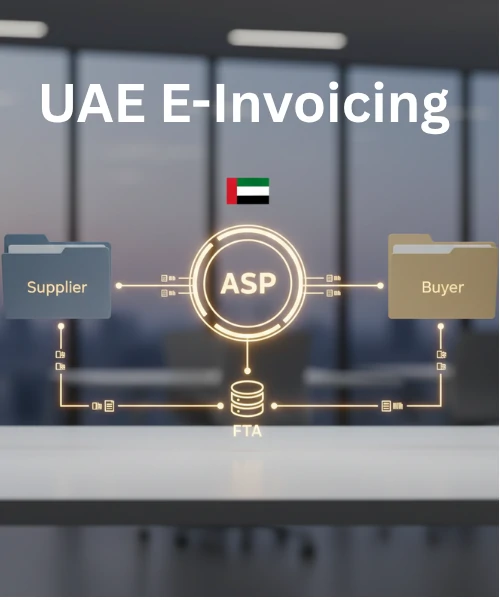
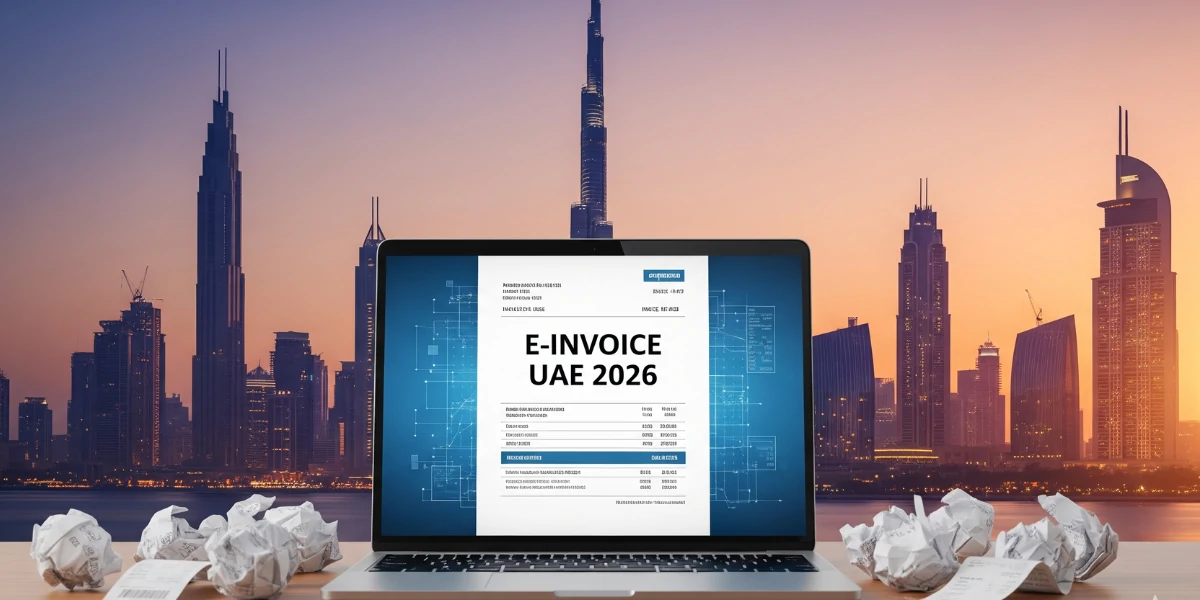



%20Widgets%2C%20Shortcuts%20%26%20Customisation.jpg)
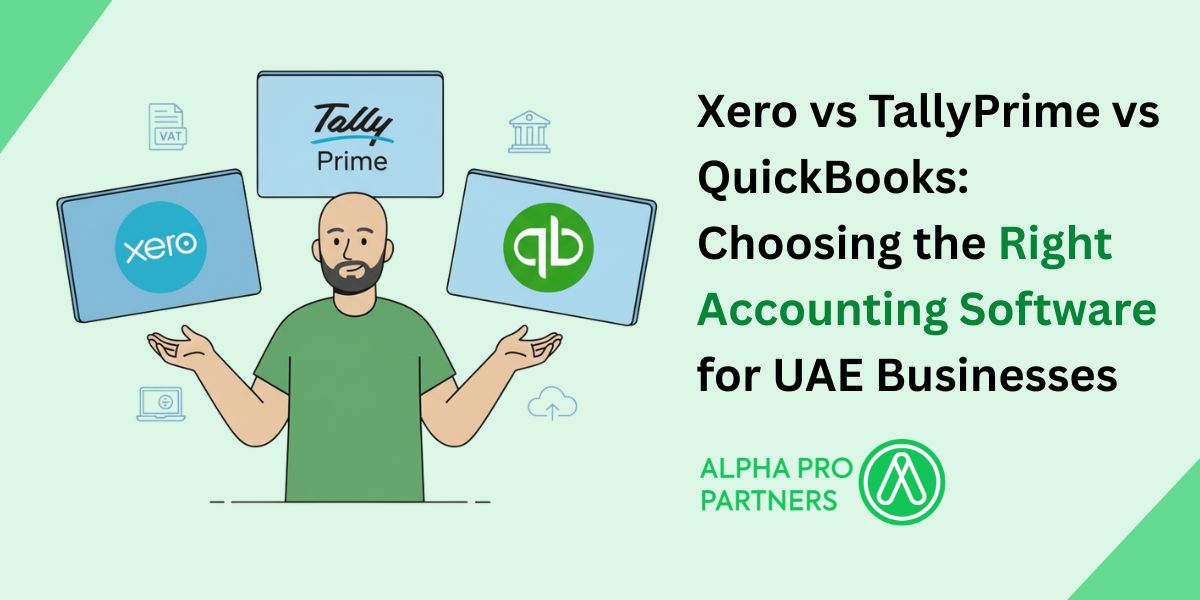







.webp)
.webp)
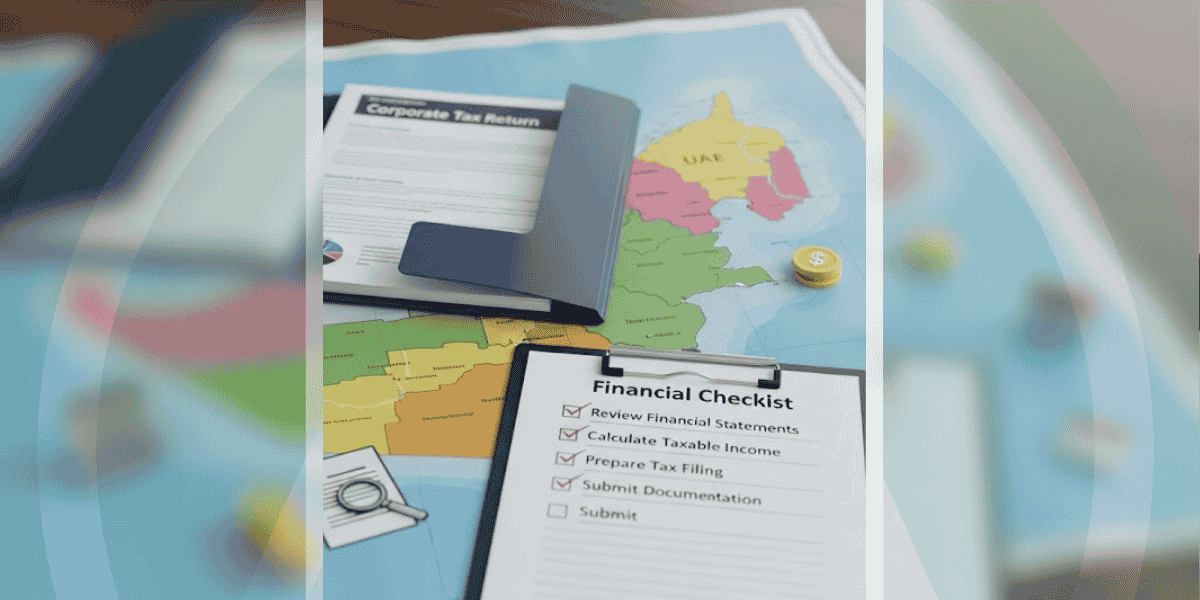
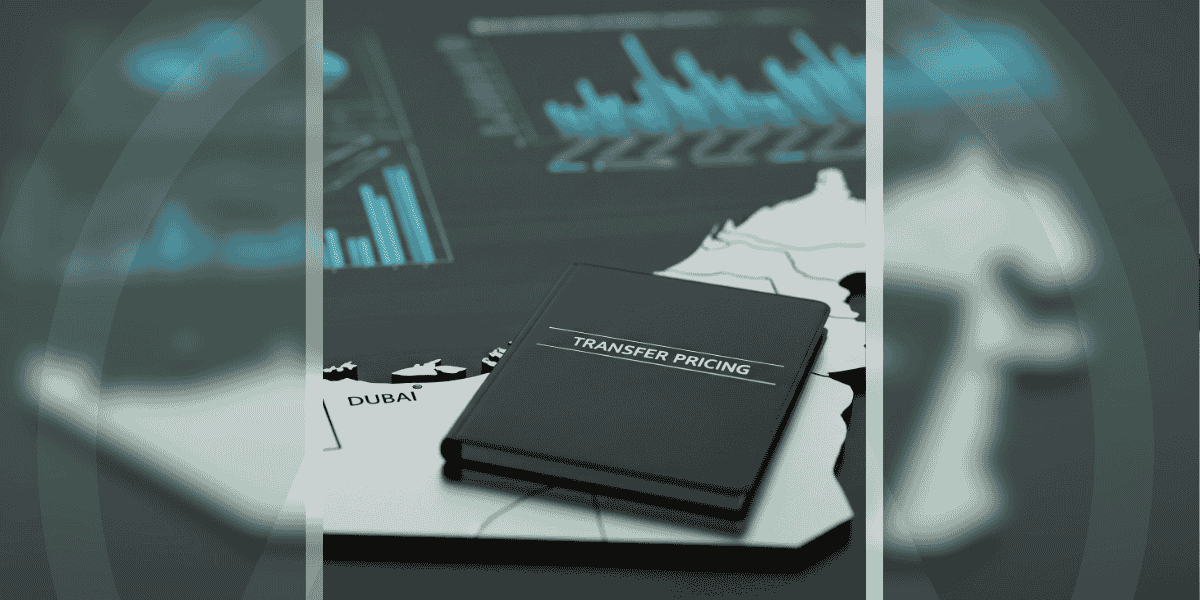
.png)
.png)
.png)
.png)
.png)
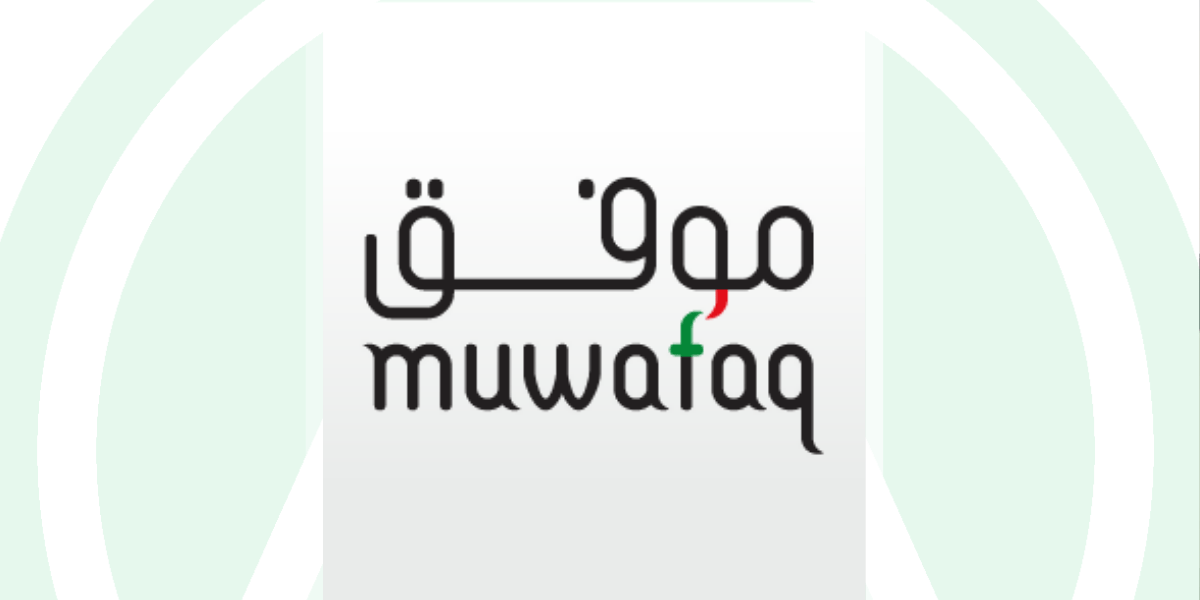
.png)
.png)


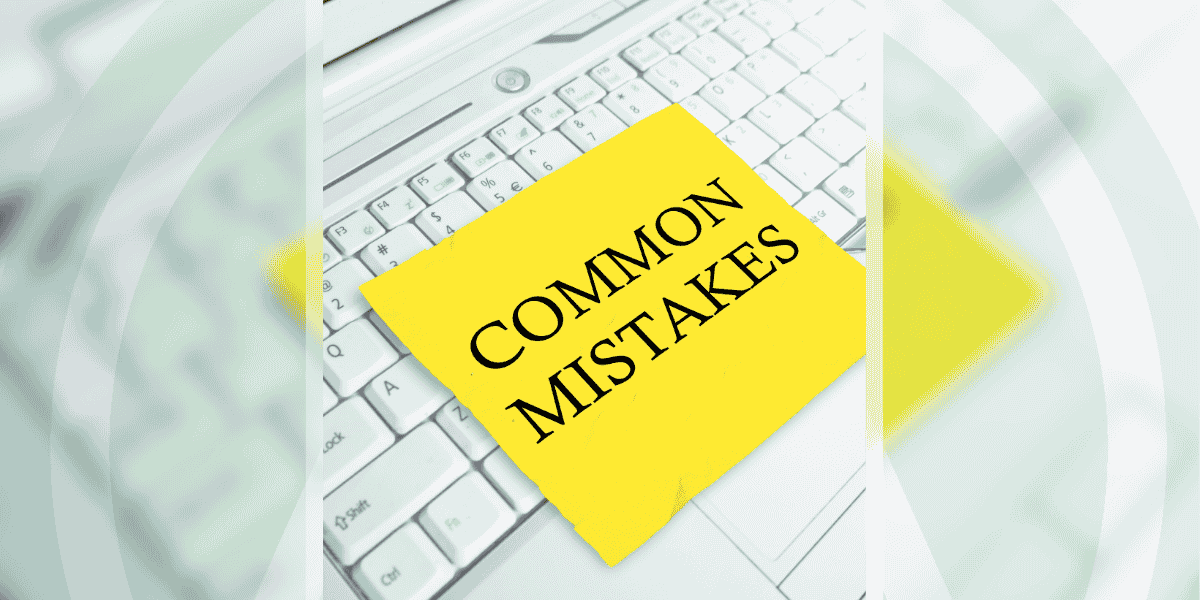
.png)
.png)





.jpg)


.jpg)




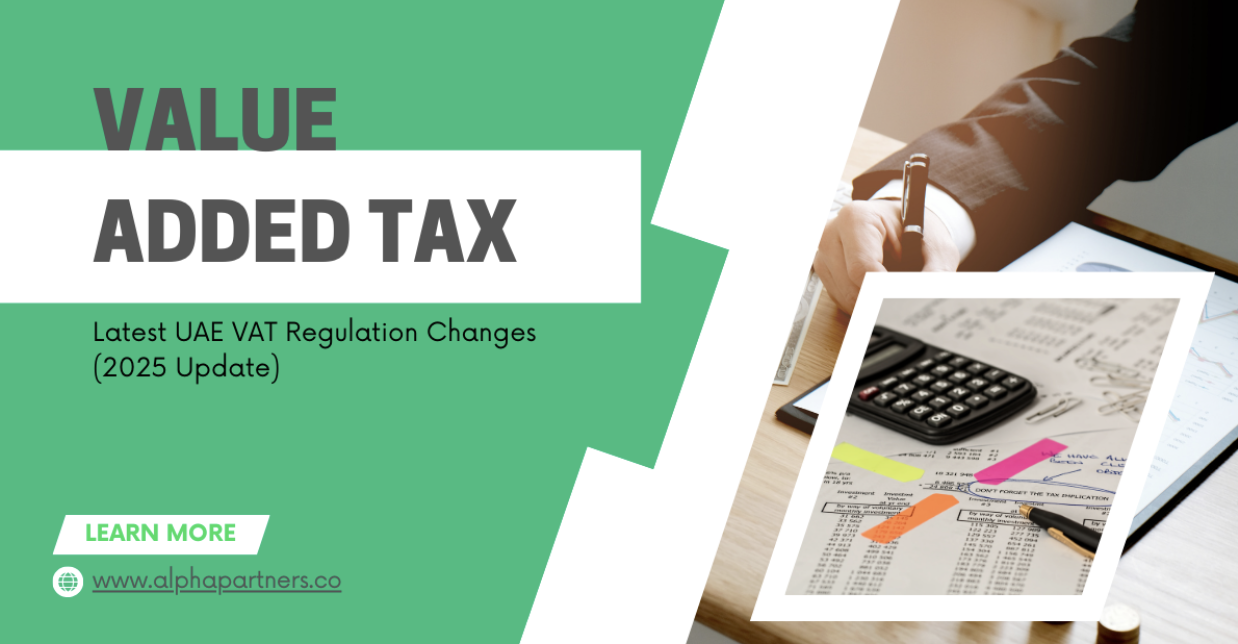
.png)
.png)






.png)

